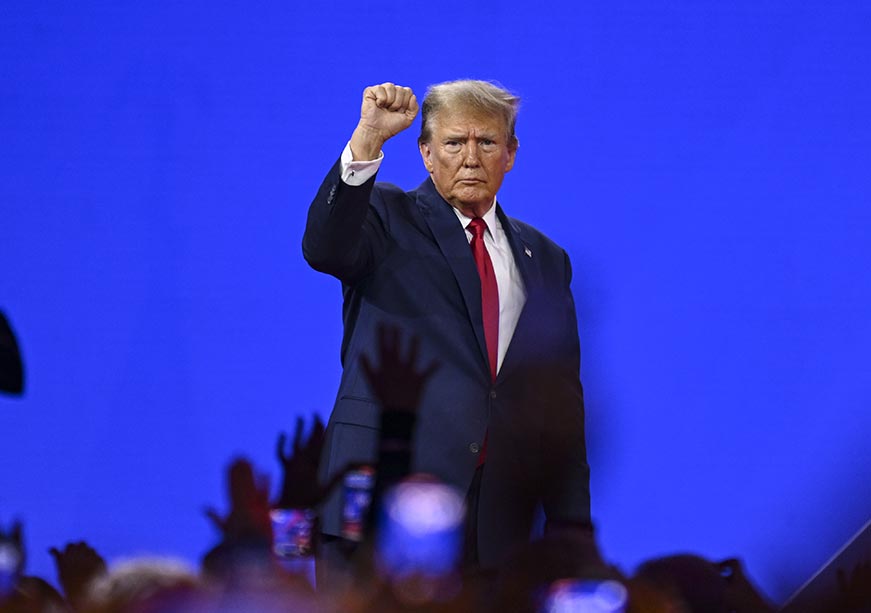At a meeting in Turnberry, Scotland, U.S. President Donald Trump revealed that most countries without bilateral trade agreements with Washington would soon face a blanket import tariff of 15–20%. The announcement came as he stood alongside UK Prime Minister Keir Starmer.
This proposed “world tariff” replaces the earlier 10% baseline announced in April, signaling a tougher stance on international trade unless trade deals are secured. Trump noted that letters will soon be sent to about 200 countries notifying them of their new rates.
New Trade Deals & Country-Specific Rates
- EU Agreement: Trump finalized a trade framework with the European Union, capping tariffs at 15% and including large-scale U.S. energy supply agreements.
- Asia Partners: Japan, Indonesia, the Philippines, and Vietnam are negotiating rates between 15–20%, with Indonesia and the Philippines leaning toward 19%, and Vietnam accepting 20%.
Rationale Behind the Move
Trump emphasized that negotiating hundreds of separate trade deals is impractical. Instead, the world tariff will incentivize countries to finalize agreements or face standard duty rates. It marks a shift from multilateralism to enforced bilateralism in trade.
Analysts warn that while this strategy may pressure some nations to negotiate, it could also drive up prices, complicate supply chains, and spark retaliation from key trading partners.
Timeline and Legal Landscape
- Implementation Date: August 1, 2025
- Legislative Pressure: The U.S. Congress is reviewing the Trade Review Act, which would require any new tariffs to be reviewed after 60 days.
- Court Challenges: Prior tariffs under Trump’s administration were overturned when courts ruled presidential trade authority had overreached constitutional limits.
Economic Impact Outlook
| Category | Detail |
|---|---|
| Tariff Range | 15–20% |
| Countries Affected | All without U.S. trade agreements (~190 countries) |
| Deadline | August 1, 2025 |
| Major Deals Secured | EU, Japan, Vietnam, Philippines, Indonesia |
| Business Risk | Increased costs, retaliation, global supply shocks |
Final Thoughts
With Trump announcing a 15–20% world tariff, the U.S. is embracing a more protectionist trade regime. While some allies have rushed to secure trade frameworks, many countries now face a steep tariff wall unless deals are negotiated soon. The policy shift may appeal to U.S. domestic manufacturers but risks triggering global trade uncertainty.



